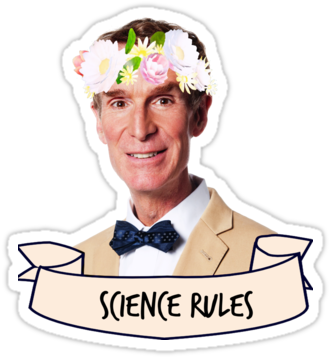this post was submitted on 22 Nov 2025
743 points (98.3% liked)
Science Memes
17415 readers
1827 users here now
Welcome to c/science_memes @ Mander.xyz!
A place for majestic STEMLORD peacocking, as well as memes about the realities of working in a lab.

Rules
- Don't throw mud. Behave like an intellectual and remember the human.
- Keep it rooted (on topic).
- No spam.
- Infographics welcome, get schooled.
This is a science community. We use the Dawkins definition of meme.
Research Committee
Other Mander Communities
Science and Research
Biology and Life Sciences
- !abiogenesis@mander.xyz
- !animal-behavior@mander.xyz
- !anthropology@mander.xyz
- !arachnology@mander.xyz
- !balconygardening@slrpnk.net
- !biodiversity@mander.xyz
- !biology@mander.xyz
- !biophysics@mander.xyz
- !botany@mander.xyz
- !ecology@mander.xyz
- !entomology@mander.xyz
- !fermentation@mander.xyz
- !herpetology@mander.xyz
- !houseplants@mander.xyz
- !medicine@mander.xyz
- !microscopy@mander.xyz
- !mycology@mander.xyz
- !nudibranchs@mander.xyz
- !nutrition@mander.xyz
- !palaeoecology@mander.xyz
- !palaeontology@mander.xyz
- !photosynthesis@mander.xyz
- !plantid@mander.xyz
- !plants@mander.xyz
- !reptiles and amphibians@mander.xyz
Physical Sciences
- !astronomy@mander.xyz
- !chemistry@mander.xyz
- !earthscience@mander.xyz
- !geography@mander.xyz
- !geospatial@mander.xyz
- !nuclear@mander.xyz
- !physics@mander.xyz
- !quantum-computing@mander.xyz
- !spectroscopy@mander.xyz
Humanities and Social Sciences
Practical and Applied Sciences
- !exercise-and sports-science@mander.xyz
- !gardening@mander.xyz
- !self sufficiency@mander.xyz
- !soilscience@slrpnk.net
- !terrariums@mander.xyz
- !timelapse@mander.xyz
Memes
Miscellaneous
founded 2 years ago
MODERATORS
you are viewing a single comment's thread
view the rest of the comments
view the rest of the comments

So could we clone them and then grow them larger again, then once they regrow combine them into a super sponge!
I dug around for a little bit, and it seems like the answer might be yes. Take what follows with a grain of salt, as I skimmed or read a few sources focused on different things and have done my best to reproduce a full picture.
First, some basic facts. Sponges anchor to the seabed (freshwater ones anchor to the dirt at the bottom of a lake/whatever). Sponge cells can move around each other and rearrange, part of their normal functioning, to keep water flowing through themselves efficiently for respiration and food capture.
Next, the mechanisms of reconstruction from a soup of sponge cells. As they bump into each other and recognize their own kind, sponge cells manage to hold together and hope for ground to attach to. They flatten out, presumably both to improve grip to the ground and to provide a large surface area for more cells to join. As long as the new colony ends up with enough of two specific kinds of cells (one makes connective mesohyl, the other makes everything else), it can grow.
The main thing I couldn't (quickly) find is specific confirmation that two healthy, stable colonies coming from a single halved source sponge can reattach, or if the reaggregation process only works following injury or during some kind of stress. Since the cells normally move around, though, it seems reasonable that this could work.
Based on all that and assuming their aren't other factors for sponge cells recognizing each other not entirely based on DNA, then presumably clones could also be attached.
Note that sponges don't actually stop growing. Their main limits are resource needs and predation, since some sea life likes to take nibbles or bites out of them (that's possibly a factor to why they are so adept at reorganization). So if your question involved cloning (rather than reattachment) only to get around a rough maximum size or early-life growth period that stops, it shouldn't be necessary.